The term, “Germination Protocol,” refers to a set of procedures and conditions designed to promote the germination of seeds. Germination is the process by which a seed develops into a new plant. The specific protocol may vary depending on the type of Milkweed (Asclepias) and the environmental conditions required for successful germination.
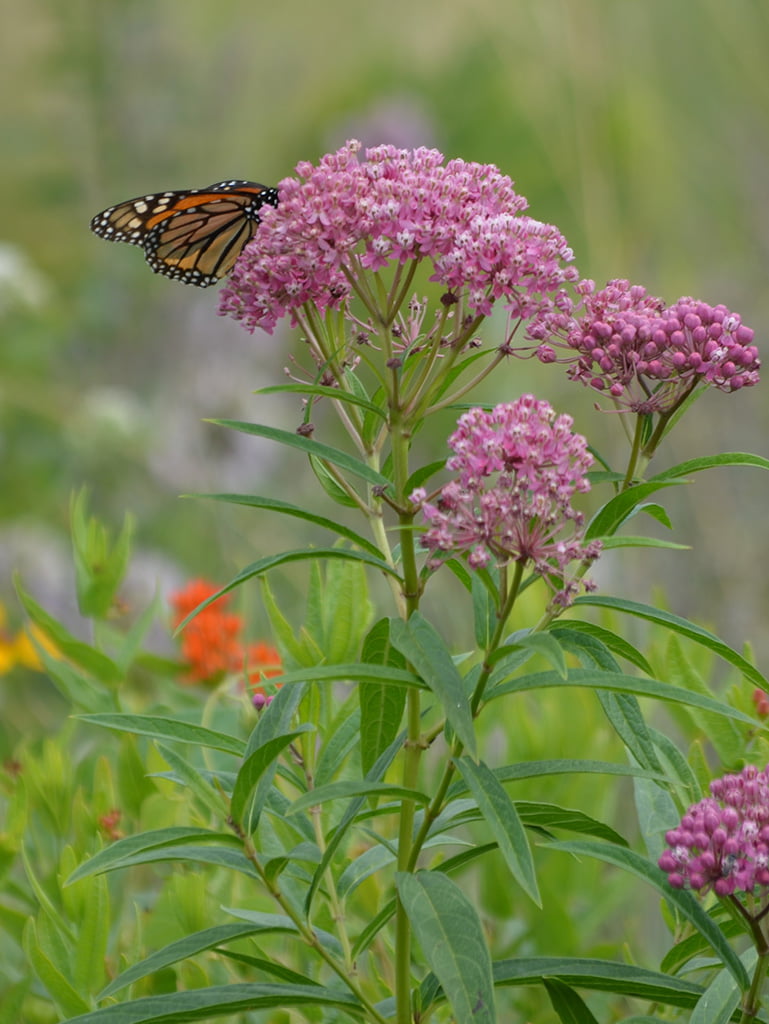
Johnny believes being a good steward includes maximizing opportunities to improve native ecology. This is even more important for Milkweed species, which have declined in recent decades due to pesticide use, mass farming techniques, and urban sprawl. The endangered Monarch Butterfly depends upon Milkweed making seed germination success more critical than ever.
Therefore, Johnny recommends developing your own Seed Germination Protocol. It can be as simple as scratching 1/4″ of a dirt surface outside and casting Milkweed seeds, to as complex as a laboratory-grade Germination Trial.
Here is a general outline of a germination protocol for Milkweed seeds:
1. Seed selection
Choose healthy, viable seeds for germination. Discard any damaged or immature seeds.
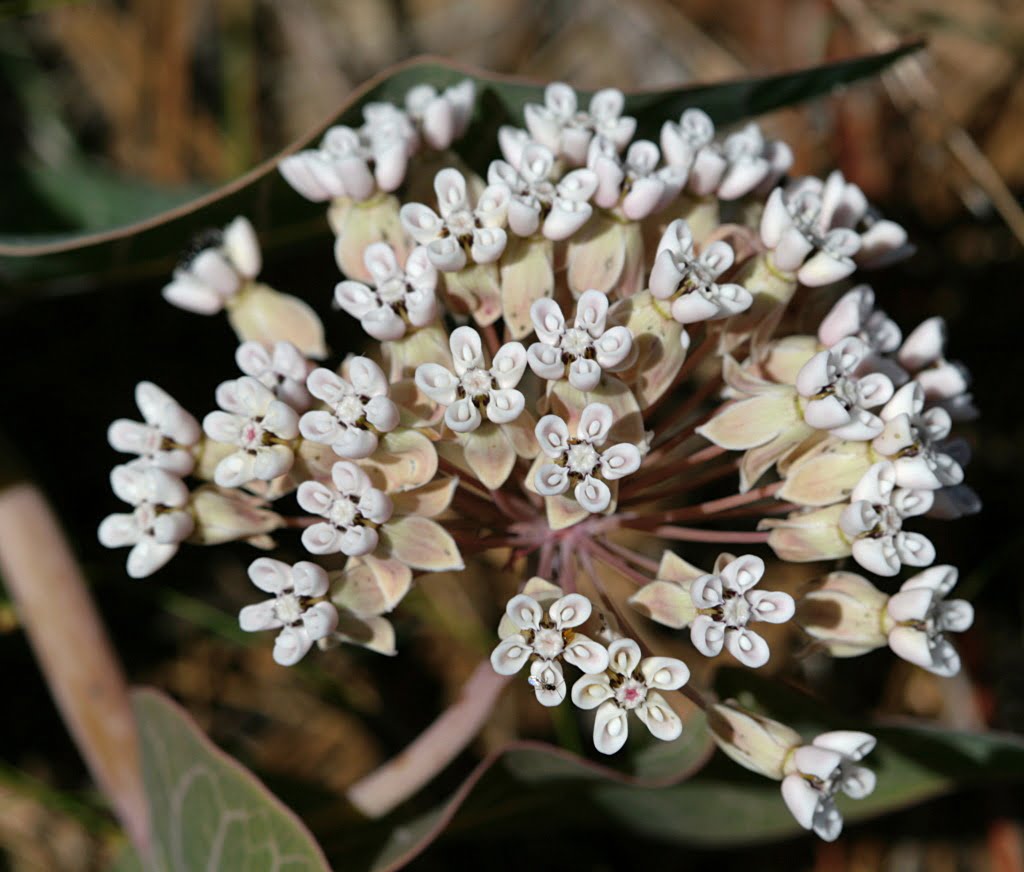
10 Sandhill Milkweed Seeds Ascslepias Humistrata Pinewood Milkweed Florida-Native
With Johnny Butterflyseed’s Sandhill Milkweed seeds, you’re not just planting flowers; you’re cultivating a living mosaic of nature’s marvels. 10+ Florida Native seeds.
2. Seed treatment (optional):
Some seeds benefit from pre-treatment methods to enhance germination. Examples include scarification (mechanical abrasion of seed coat), stratification (exposing seeds to cold temperatures), or soaking in water to soften the seed coat. These measures are not always necessary for Milkweed seed germination, but certainly worth the effort for experimentation, and can easily be added or removed from your seed germination protocol.
3. Germination medium:
Select an appropriate germination medium or substrate. This could be a sterile potting mix, vermiculite, perlite, or a specialized seed-starting mix. The medium should provide good drainage and aeration while retaining moisture.
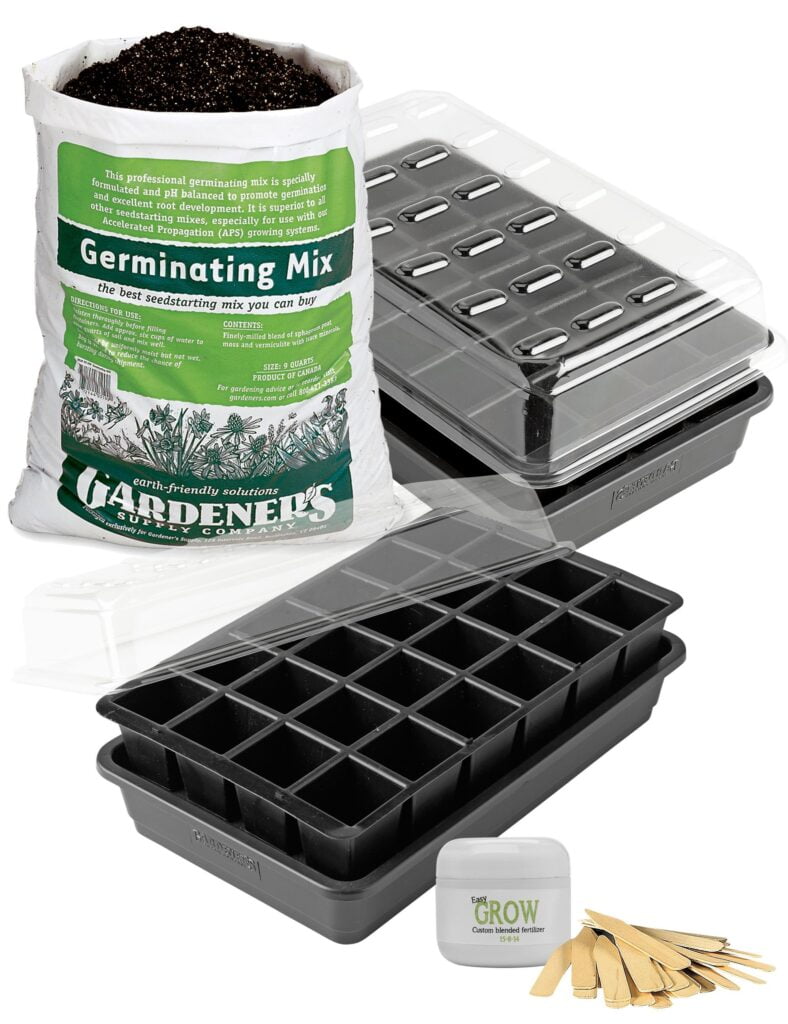
4. Containers:
Use clean containers with drainage holes to plant the seeds. It can be pots, seed trays, or even recycled containers. Ensure the containers are sterilized or thoroughly cleaned to prevent the growth of pathogens. Labeling is wise to track specific Asclepias species, and be sure to include dates to track timing as well as success.
5. Sowing seeds:
Plant the seeds in the germination medium according to the recommended depth specified for each particular Milkweed species. The depth varies depending on the size of the seeds. For Milkweed, this is usually no deeper than 1/4″ or 6mm. Shallower is usually better, as Milkweed seeds require light to germinate.
6. Watering:
Water the seeds gently to ensure the germination medium is moist but not waterlogged. Use a misting spray or a fine sprinkler to avoid displacing the seeds. Make sure not to cause the seeds to drop below 1/4″ or 6mm in depth. Passive watering from below, using the effects of osmosis, is always a safe bet. Ropes, lines, and strings make good wicks to carry moisture up from a supply of water to Milkweed seeds. Just make sure the seeds remain in constant contact with moisture.
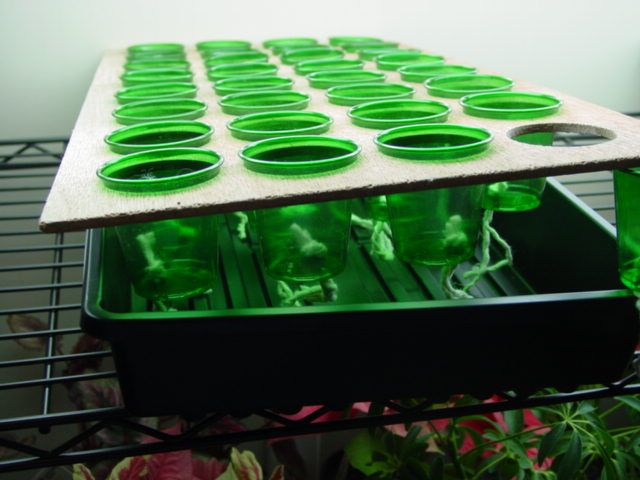
7. Temperature and light:
Provide the seeds with the appropriate temperature and light conditions. Different plants have different temperature and light requirements for germination. Generally, Milkweed seeds germinate well at temperatures ranging from 20-30°C (68-86°F). Some seeds require darkness for germination, while others may require exposure to light. Milkweed seeds require light for successful germination.
8. Moisture control:
Maintain a consistent level of moisture in the germination medium. Avoid letting the seeds dry out completely, but also prevent overwatering, as excessive moisture can lead to fungal or bacterial issues. Soils sold as “moisture control” work well for Milkweed seeds.
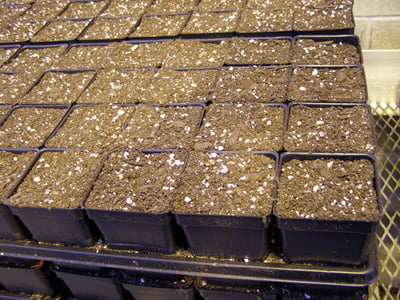
9. Germination monitoring:
Regularly monitor the germinating seeds for signs of growth. This can include the emergence of shoots or roots. Record the germination rates and progress. Milkweed seeds will usually germinate within two weeks. Deciding exactly when to call it quits on un-germinated seeds is very difficult. Milkweed seeds can lie dormant in soil for months and years, and still retain viability. Never give up on Milkweed. At least throw the soil with the failed seeds somewhere outside to give them their best chance at survival.
10. Transplanting:
Once the seeds have germinated and developed into seedlings with a few sets of true leaves, they can be transplanted into larger containers or into the garden, depending on the plant’s growth requirements, the conditions outside.
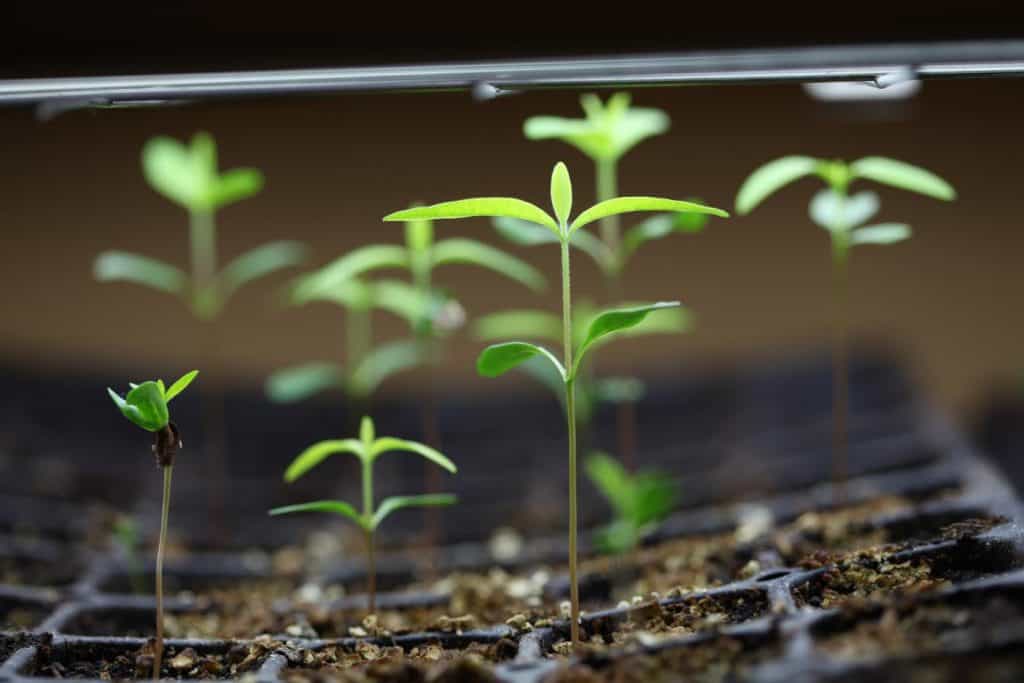
Remember that Milkweed plants have unique germination requirements, so it’s important to refer to quality germination instructions for Milkweed.
For the best germination success rates, Johnny recommends establishing your own Germination Protocol. It should make sense for you, and it should support, through the use of statistics, maximum germination success rates for your Milkweed seeds. This way we can Plant More Milkweed and restore Monarch Butterfly populations… one day at a time!
